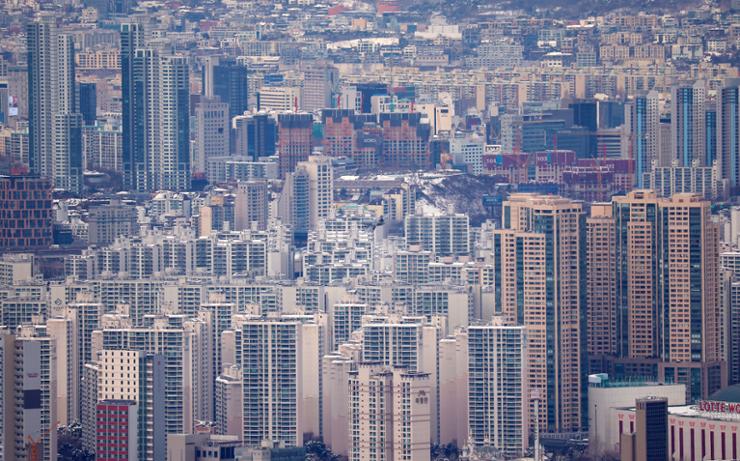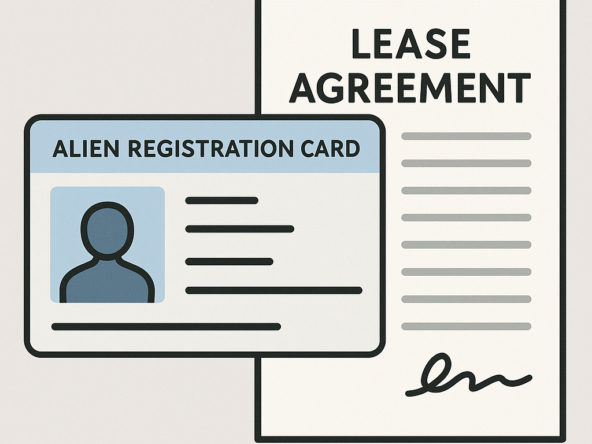Introduction
To understand the rental price trends in South Korea, it is crucial to first grasp the
dynamics of property sale prices and the unique “jeonse” system. The jeonse system
and property sales market are closely interconnected, with both influencing the rental
market significantly. This analysis will examine the key elements of South Korea’s
real estate market and how factors such as the COVID-19 pandemic, interest rate
changes, and price fluctuations have impacted housing prices and rental rates in
recent years.
The Jeonse System in South Korea
The jeonse system is a unique rental arrangement in South Korea where tenants
deposit a large sum of money with the landlord instead of paying monthly rent. At the
end of the lease, the tenant receives the deposit back, and the landlord can use the
lump sum for investment or other financial purposes. This system reduces the
burden of monthly rent for tenants and allows landlords to secure large sums without
taking out loans. Although the jeonse system operates somewhat independently
from property sales, it is still greatly influenced by interest rate changes and market
demand.
The Impact of Lower Interest Rates During COVID-19 and the Rise in
Property Prices
During the COVID-19 pandemic, central banks worldwide lowered interest rates to
stimulate the economy. South Korea also entered an era of ultra-low interest rates,
making both jeonse loans and home purchase loans more accessible than before.
Many people took advantage of these low interest rates to purchase homes, leading
to a surge in housing demand and a sharp rise in property prices. In Seoul, between
2020 and 2021, property prices surged by 20% to 30% in high-demand areas like
Gangnam and Yongsan. This trend was particularly noticeable in major metropolitan
areas, as property became a key investment during uncertain times.
Rising Rent Prices Following the Increase in Home Prices
As property prices rise, landlords increase rent to maintain their return on
investment. As purchasing homes becomes more difficult, more people turn to
jeonse or monthly rentals, leading to greater demand in the rental market and higher
rental prices. The trend of converting jeonse properties to monthly rentals has also
been on the rise, further increasing the burden on the rental market. Landlords have
demanded higher security deposits and monthly rent to maximize their profits,
especially during the post-pandemic housing boom. As a result, rental prices saw
significant increases, aligning with the 20% to 30% rise in property values in sought-
after regions during 2020-2021.
Interest Rate Hikes Post-COVID and Housing Price Fluctuations
After the pandemic, interest rates began to rise in 2022, leading to a decline in
property prices in many regions. In South Korea, property prices in areas outside of
central Seoul fell by approximately 5% to 10% in 2022 as a result of rising interest
rates and stricter lending regulations. In particular, the increased burden of loan
repayments discouraged potential buyers, further cooling the housing market.
However, premium residential areas like Gangnam, which are in high demand and
considered safe investments, saw only a temporary price dip of 5% to 8%, with
prices starting to rebound in late 2023. By 2024, despite market fluctuations, housing
prices in these areas remained significantly higher than pre-pandemic levels.
The Impact of Foreign Demand on the Rental Market
In areas where foreign residents are concentrated because the landlords there
accept diplomatic clauses and the payment methods offered by embassies, rental
competition intensifies, especially during the international school enrollment season
from June to September. Foreign families arriving in South Korea to enroll their
children in international schools search for housing during this period, causing rental
prices to soar. Neighborhoods like Yongsan and Gangnam, near international
schools, along with areas near embassies in Gwanghwa-mun and Jung-gu,
experience a particularly high demand for upscale residences and large apartments,
driving up rental prices significantly.
Despite the market fluctuations caused by interest rate hikes, the high demand in
these premium areas has kept rental prices elevated. In fact, in many cases, rental
prices have either returned to their peak levels seen during the COVID-19 period or
risen even higher. This reflects the strong influence of both foreign demand and the
sustained appeal of these areas as prime residential locations, where competition
remains fierce and prices resilient.




